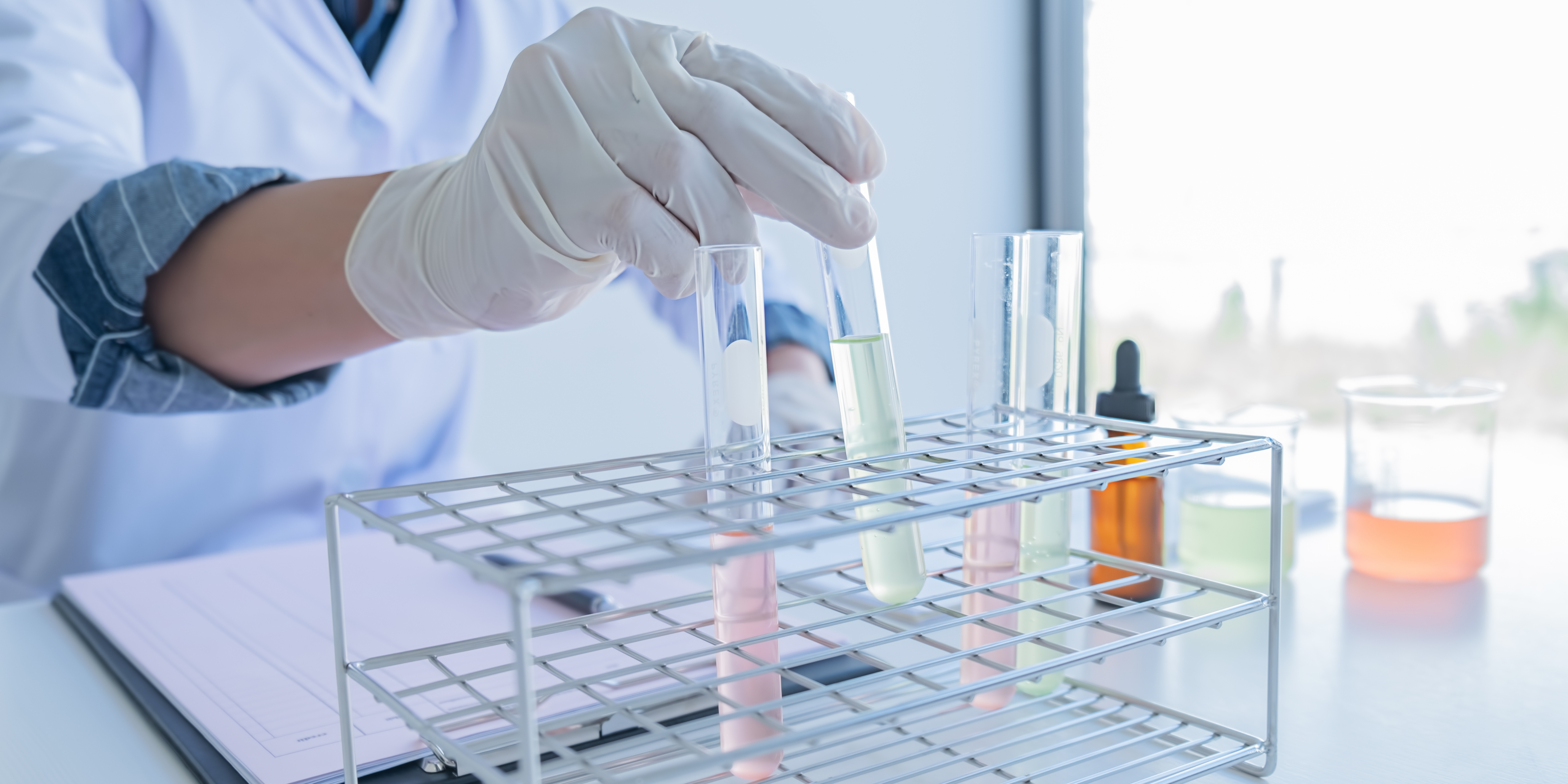Geschreven door Nasma - 3 Minuten leestijd
Skin bacteria can save lives

Infections with antibiotic-resistant bacteria are a growing global problem. Part of the solution may lie in copying the bacteria's own weapons. The research environment in Tromsø has found a new bacteriocin, in a very common skin bacterium. Bacteriocin inhibits the growth of antibiotic-resistant bacteria that are often the cause of disease and can be difficult to treat.
The fact that we have medicines against bacterial infections is something many people take for granted. But increasing resistance among bacteria means that more and more antibiotics do not work. When the bacteria become resistant to the antibiotics we have available, we are left without a treatment option for very common diseases. Over one million people die each year as a result of antibiotic resistance.
The first step in developing new antibiotics is to look for substances that inhibit bacterial growth.
The research group for child and youth health at UiT The Arctic University of Norway has studied substances that the bacteria themselves produce to inhibit the growth of competitors. These substances are called bacteriocins. Through the work, they have discovered a new bacteriocin, in a very common skin bacterium. Bacteriocin inhibits the growth of antibiotic-resistant bacteria that can be difficult to treat with common antibiotics.
The researchers have called the new bacteriocin Romsacin, after the Sami name for Tromsø, Romsa. The hope is that Romsacin can be developed into a new medicine for infections for which there is currently no effective treatment.
At the same time, researcher Runa Wolden at the Department of Clinical Medicine at UiT emphasizes that there is a long way to go before it is known whether Romsacin will be developed and taken into use as a new medicine. Because that's how it is with basic research; you cannot say in advance when someone will make use of the results you produce.
"This discovery is the result of something we have been researching for several years. Developing Romsacin - or other promising substances - into new antibiotics is very expensive and can take 10-20 years," says Wolden, who is part of the research group for child and youth health.
Before new antibiotics can be used as medicines, one needs to make sure that they are safe to use. Currently, researchers do not know how the bacteriocin works in humans. A further process will involve comprehensive testing, bureaucracy and marketing.
"This naturally means that there is a long way to go before we can say anything for sure. What we already know, however, is that this is a new bacteriocin, and that it works against some types of bacteria that are resistant to antibiotics. It's exciting," says Wolden.
The new bacteriocin is produced by a bacterium called Staphylococcus haemolyticus. The bacteriocin is not produced by all S. haemolyticus, but by one of the 174 isolates that the researchers have available in the freezer.
"We couldn't know that before we started the project, and that's one of the things that makes research fun," says Wolden.
She says that ten years ago the researchers collected bacterial samples from healthy people when they wanted to compare S. haemolyticus in healthy people with those found in patients in hospital.
"Subsequently, we have done many experiments with these bacteria, and this is the result from one of our projects," says Runa Wolden.
Interested in the dynamic Biotechnology Industry? Let our experts guide your career. Explore how we can help you today! Discover the possibilities here.
Also published on Worldpharmanews.com
Want to stay informed about current Life Science and recruitment news on a regular base? Then register here for free.
